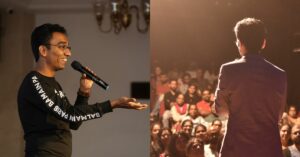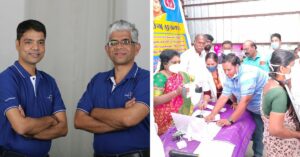History In Pics: 9 Legends Who Changed The Course of India’s Medical Achievements
The present-day progress in modern medicine is based on the contributions of many great men and women who tirelessly worked to make India a hub for research, discovery and ingenuity. Here are nine such trailblazers.
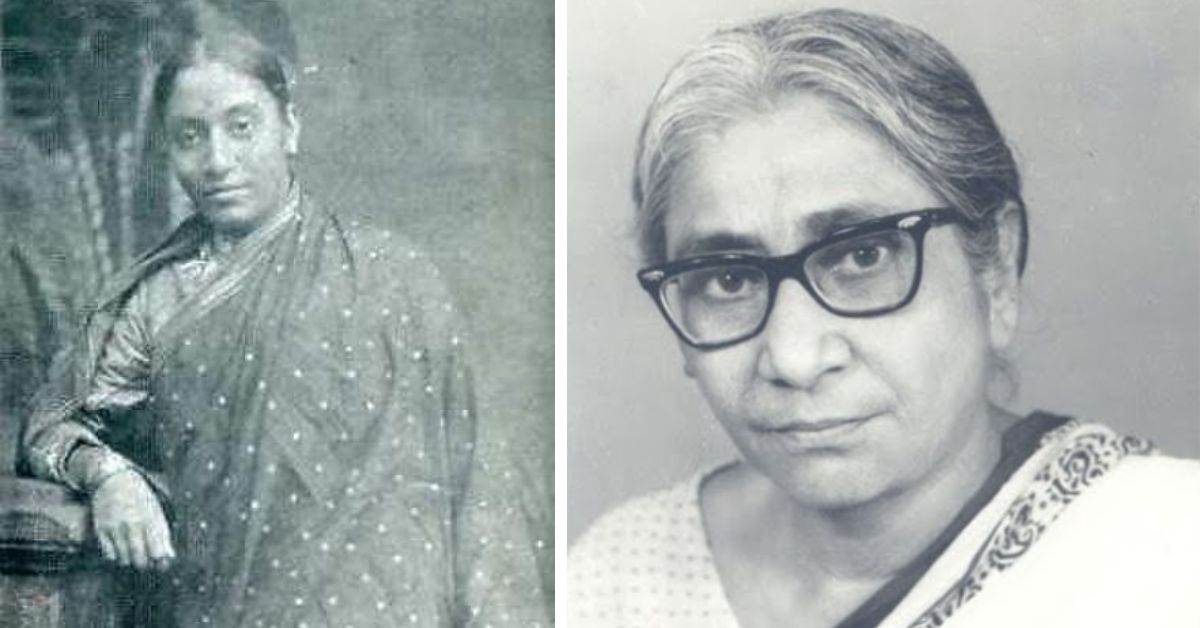
Looking back on the course of history, there are some defining moments that have changed the trajectory of science and medicine. Present-day advancements in these fields beckon us to remember the contributions of innumerable scientists whose work has shaped these achievements.
Here are some that stand out:
1. The discovery of ATP
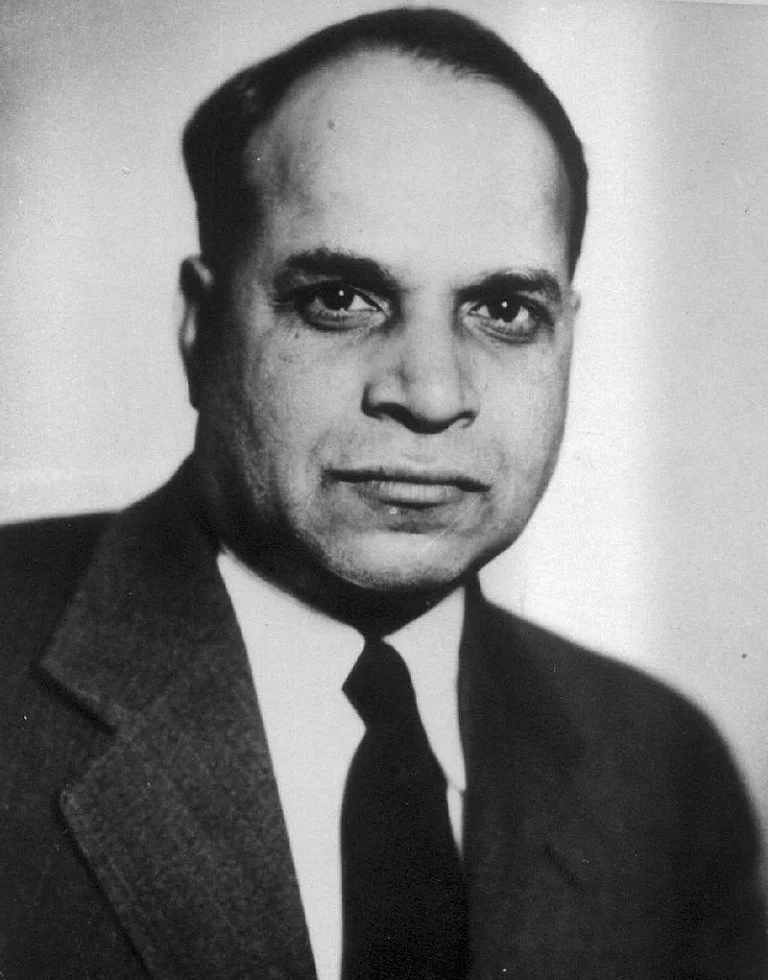
The energy molecule Adenosine 5′-triphosphate (ATP) drives processes in all living cells. This foundation block of life was discovered in 1929 by two independent groups of researchers — Cyrus H Fiske and Yellapragada Subbarao at Harvard Medical School (Boston) and Karl Lohmann at the Kaiser Wilhelm Institutes (Berlin and Heidelberg).
This wasn’t Dr Subbarao’s only discovery. A student of the Harvard School of Tropical Medicine, he also discovered Aureomycin — an antibiotic that was stronger than both penicillin and streptomycin, and Hetrazen — a drug used to treat fibrosis in animals.
2. Transmission of malaria
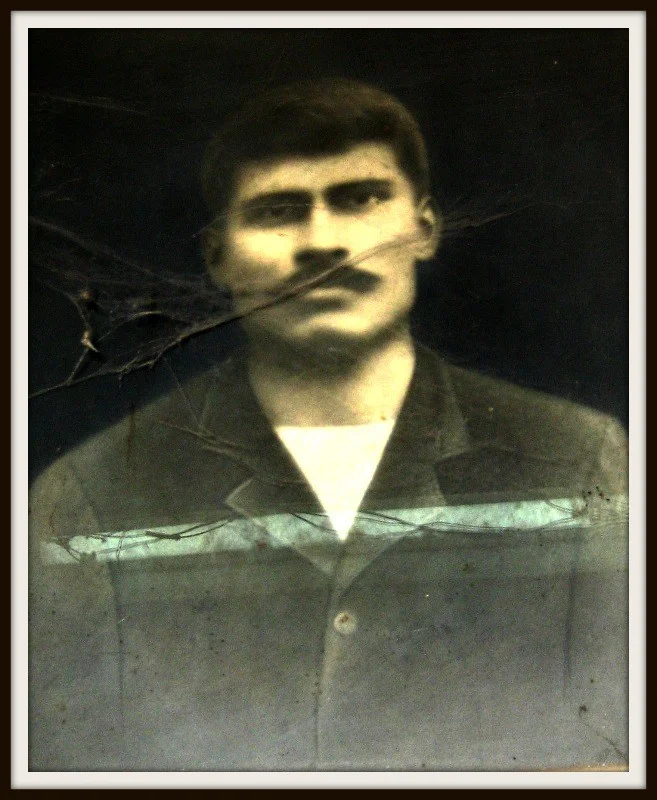
The work of Sir Ronald Ross — a British medical doctor who received the Nobel Prize in 1902 for his work on the transmission of malaria — is celebrated worldwide and even won the Nobel Prize in 1902. But, what has often gone unacknowledged is the contributions of Kishori Mohan Bandyopadhyay who assisted with the groundwork for the studies.
Bandyopadhyay would bring malaria-afflicted patients to the lab, collect blood samples for the studies and perform real-time experiments. By 1899, the duo had ascertained that the female Anopheles mosquito was a vector in the transmission of malaria to humans.
3. A beacon during the plague
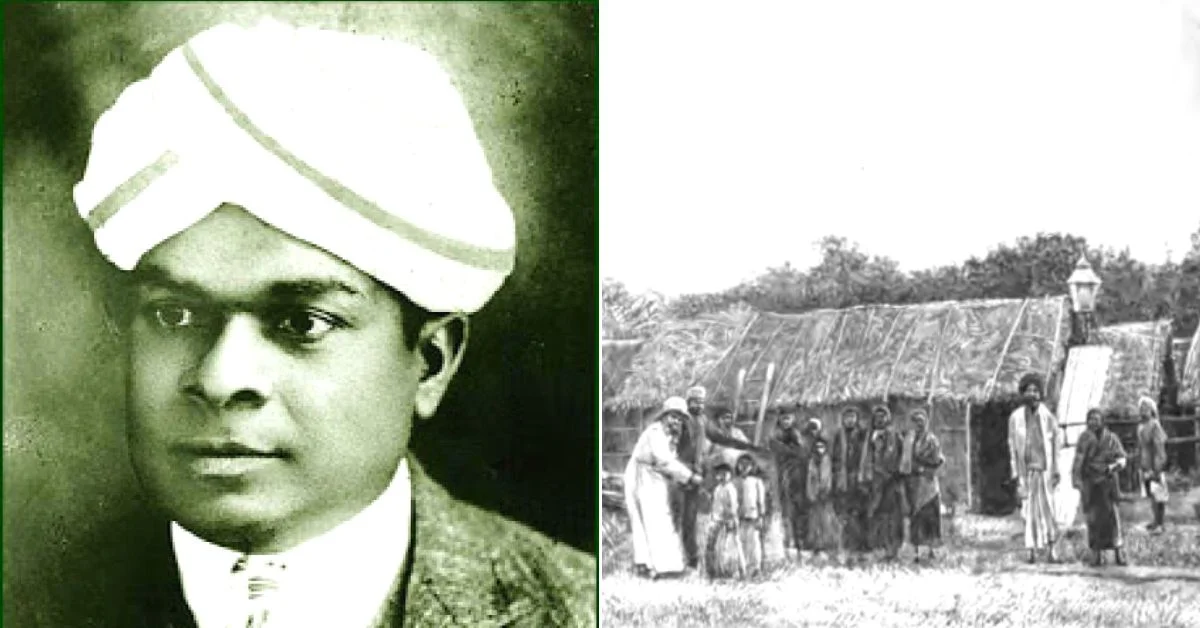
Thousands of lives were lost in the 1898 plague of Bengaluru. News reports at the time chronicled stories of several hospital workers forced to leave their jobs and flee but Dr Padmanabhan Palpu stood out for his heroism.
Appointed superintendent of the plague camps in the city, Dr Palpu was responsible for running segregation camps for infected people, contact camps and health camps for their relatives. While countless people were in the chokehold of the plague, Dr Palpu would personally coax the family members of infected people to move to these camps.
4. Developing the world’s first non-steroidal contraceptive pill
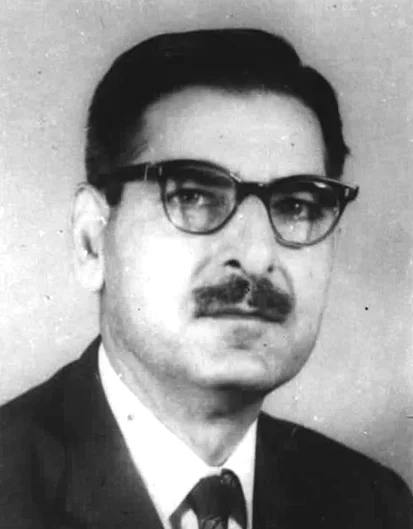
In 1951, when Carl Djerassi, an Austrian-born Bulgarian-American pharmaceutical chemist, and his colleagues George Rosenkrantz and Luis Miramontes, developed the first birth control pill, it was seen as a breakthrough in contraception. In 1960, a group of Indian researchers led by Dr Nitya Anand were intent on doing the same and tasted success.
The pill called ‘Saheli’ does not disturb a woman’s hormonal balance since it does not affect ovulation. Instead, the way it prevented contraception was by preventing the process of implantation (when a fertilised egg attaches to a woman’s uterine lining). Since it was non-steroidal, if a woman chose to discontinue it, she would be able to regain fertility.
5. A drug that treats ‘kala-azar’

A “monumental” discovery of modern medicine was the drug urea stibamine by Upendra Nath Brahmachari to treat kala azar (visceral leishmaniasis) — a protozoal infection transmitted by the sand fly and leading to symptoms such as an enlarged spleen, fever and anaemia.
Brahmachari’s work came at a time when the traditional approach — an intravenous administration of tartar emetic — was leading to several side effects.
6. India’s first human dissection
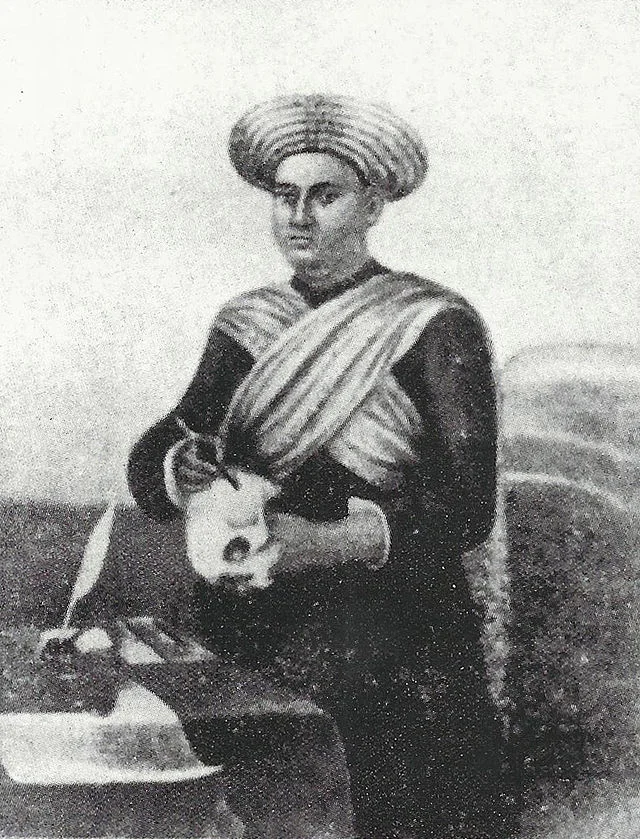
Almost 200 years ago, the field of medicine in India experienced a moment that would be remembered as legendary — Kolkata-based Dr Madhusudan Gupta performed India’s first human dissection. Not only was this a commendable feat, but Dr Gupta did so at a time when touching a dead body was completely out of the question for anyone from Hindu society.
Six months of preparation had gone into the procedure which set the stage for future dissections. By 1848, Calcutta Medical College was seeing close to 500 dissections a year.
7. Paving the way for female doctors
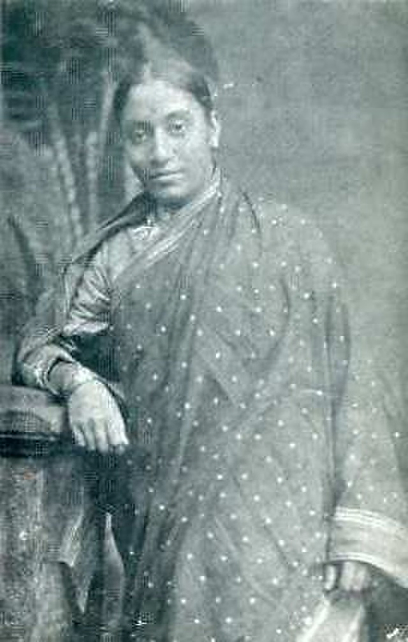
She may be acclaimed as India’s first practising female doctor but Rukhmabai was more than that. Much before she ventured into the medical profession, she made headlines for her courageous fight in court to overturn her child marriage.
Rukhmabai’s court case inspired the ‘Age of Consent Act of 1891’, following which the British Government banned the practice of child marriage in India. Free from the shackles of marriage, Rukhmabai studied at the London School of Medicine for Women in 1889 following which she returned to India where she took up the position of Chief Medical Officer in Surat.
8. Training a generation of midwives
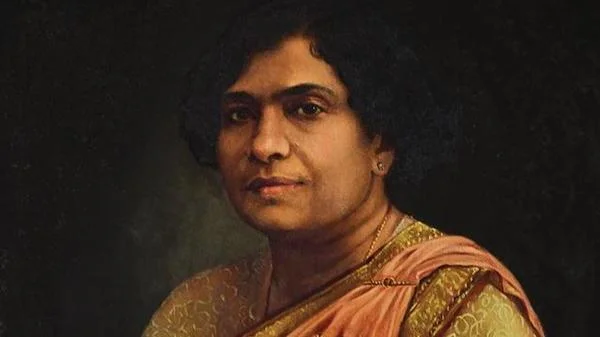
Dr Mary Poonen Lukose was the first woman from Kerala to graduate in medicine. Whilst studying obstetrics and gynaecology at the Rotunda Hospital in Dublin, she began training as a midwife and working in the slums of Dublin to deliver babies.
Following her return to India, Lukose conducted present-day Kerala’s first C-section procedure in 1920. According to historian Manu S Pillai, “By 1929, 1.6 million of the five million subjects of Travancore had access to modern medicine.”
9. An anti-epileptic drug
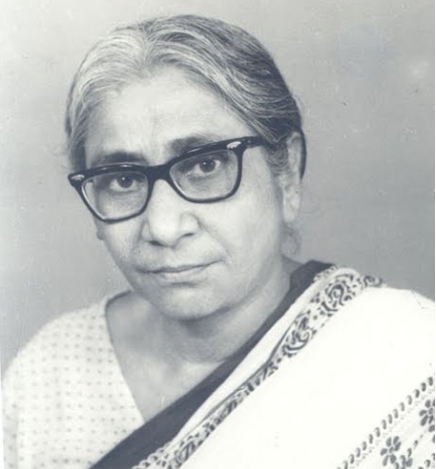
Often hailed as the ‘Doyenne of Chemistry’, Prof Asima Chatterjee was the first woman to be awarded a Doctor of Science by the University of Calcutta in 1944. With more than 400 papers published in national and international journals, Chatterjee was highly reputed.
Over her sixty-year career, one of her most applauded discoveries was the anti-epileptic drug, ‘Ayush-56’ from Marsilia minuta, and the anti-malarial drug.
Edited by Pranita Bhat
If you found our stories insightful, informative, or even just enjoyable, we invite you to consider making a voluntary payment to support the work we do at The Better India. Your contribution helps us continue producing quality content that educates, inspires, and drives positive change.
Choose one of the payment options below for your contribution-
By paying for the stories you value, you directly contribute to sustaining our efforts focused on making a difference in the world. Together, let’s ensure that impactful stories continue to be told and shared, enriching lives and communities alike.
Thank you for your support. Here are some frequently asked questions you might find helpful to know why you are contributing?


This story made me
-
97
-
121
-
89
-
167




